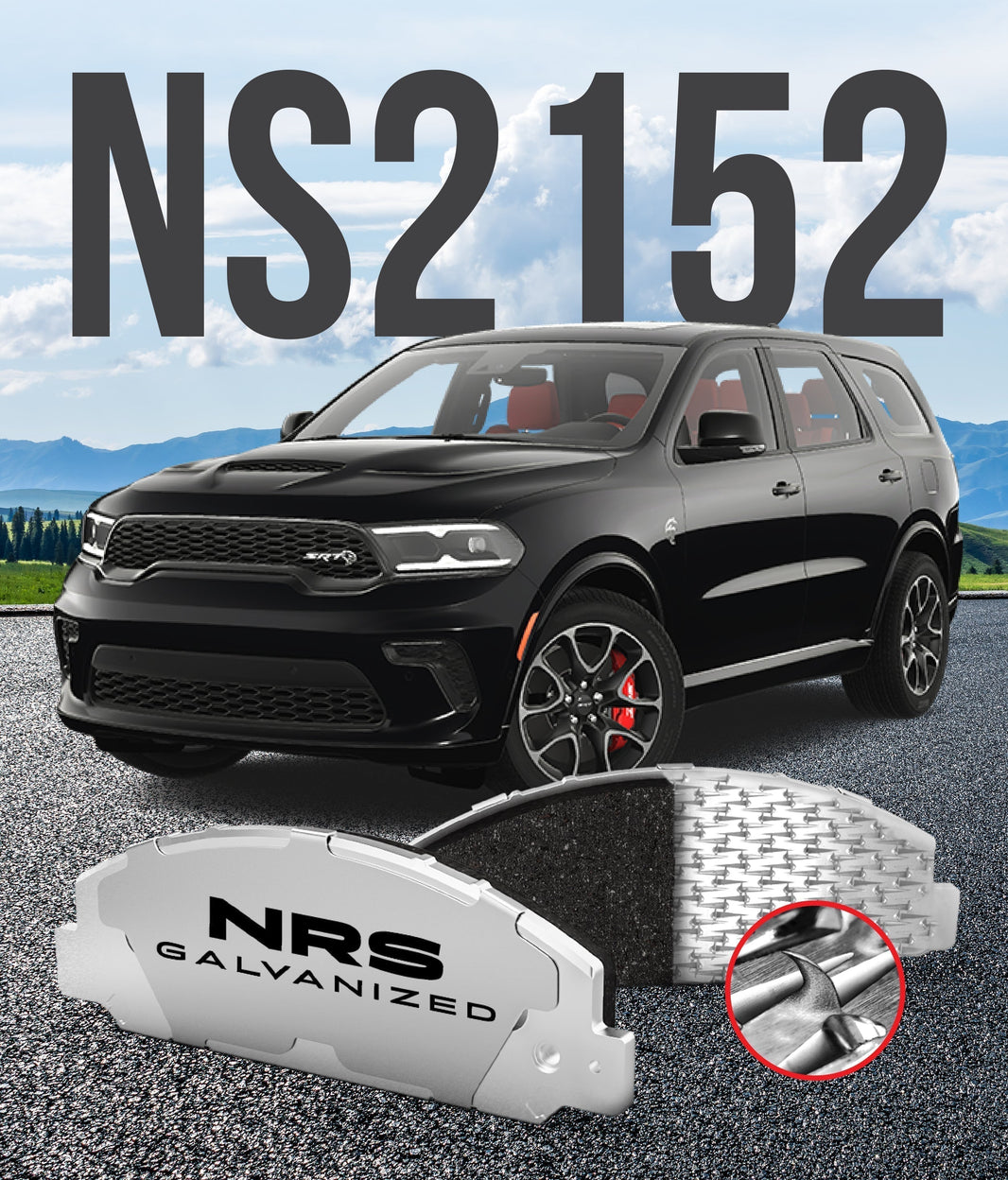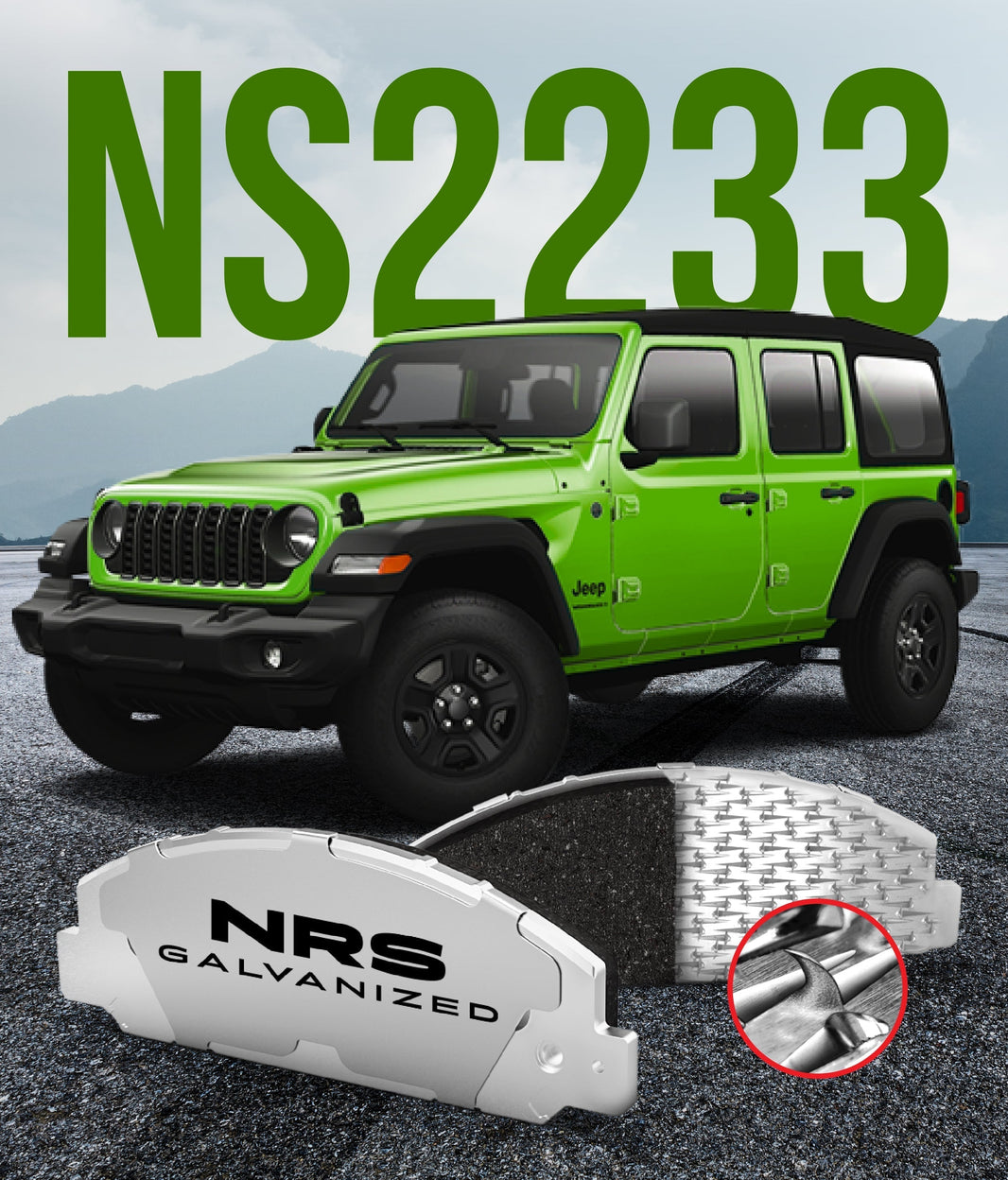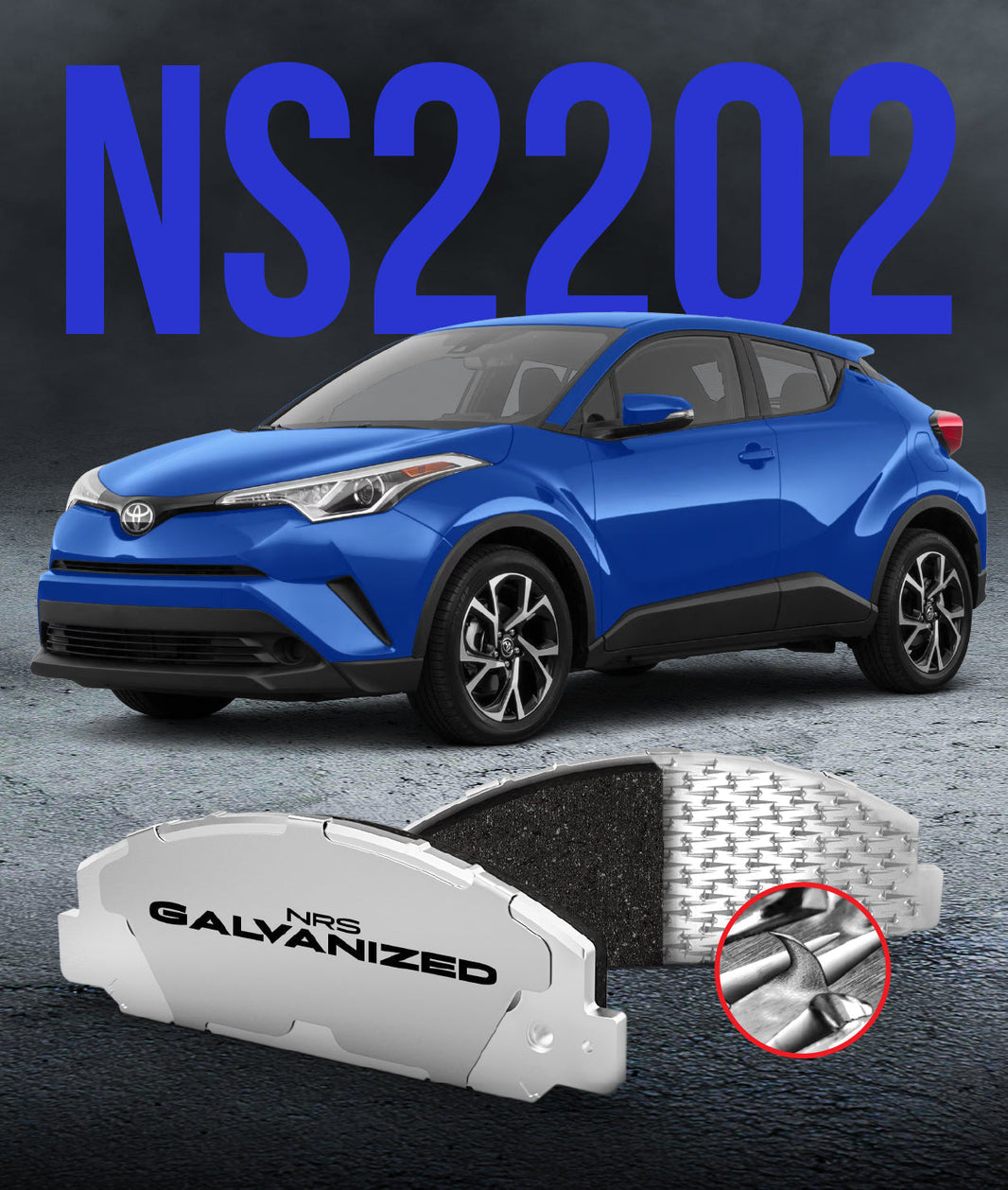
Undertaking a brake job can seem like a daunting task. Whether you are a seasoned DIY mechanic or a first timer. Proper preparation is key to a smooth, successful, and, most importantly, safe outcome. Having everything you need on hand before you start will save you time, frustration, and potentially multiple trips to the auto parts store.
This article provides a comprehensive brakes checklist, covering the essential tools, components, and considerations for your next brake job. We will also highlight the advantages of choosing NRS Brakes for your replacement parts. So, are you ready to tackle your brake job with confidence?
Pre-Flight Check: Essential Tools for the Job
Before you even think about touching your brakes, you need to gather the right tools. Having the correct tools is not just about convenience. it's about ensuring you can perform the job safely and effectively, without damaging any components. Imagine trying to build a house with only a hammer and a screwdriver. You might get somewhere, but it would not be pretty, or efficient.
Here's a list of essential tools for a typical brake job:
-
Jack and Jack Stands: You will need a reliable jack to lift your vehicle and sturdy jack stands to support it safely. Never work under a car supported only by a jack.
-
Wheel Chocks: These are essential for preventing the vehicle from rolling while you are working.
-
Wrench Set: You will need a variety of wrenches, including a lug wrench for removing the wheels, and combination wrenches for various bolts.
-
Socket Set and Ratchet: A good socket set with various sizes is crucial for accessing different brake components.
-
Brake Caliper Piston Tool: This tool is necessary for compressing the caliper piston to make room for the new, thicker brake pads.
-
Torque Wrench: This is a critical tool for tightening bolts to the manufacturer's specified torque, ensuring proper and safe installation.
-
Gloves and Safety Glasses: Protect your hands and eyes from brake dust, dirt, and potential debris.
The NRS Advantage: Why Choose Our Brake Pads?
Now that you have gathered your tools, it is time to consider the most crucial components of your brake job: the brake pads themselves. Choosing high quality brake pads is paramount for safety, performance, and longevity. This is where NRS Brakes stands out.
NRS Brakes are not your average brake pads. They are galvanized, meaning the steel backing plate is coated with a protective layer of zinc. This galvanization process provides exceptional resistance to rust and corrosion, a common problem that plagues traditional brake pads, especially in harsh Canadian climates. This resistance translates to a longer lifespan, consistent performance, and reduced risk of issues like pad delamination.
The Complete Component Checklist: Beyond Just Pads
While brake pads are the stars of the show, a complete brake job often involves replacing or inspecting other components as well. Neglecting these components can compromise the effectiveness of your new pads and potentially lead to future problems. This will cost you more in the long run.
Here's a comprehensive component checklist:
-
Brake Pads: Choose NRS galvanized brake pads for superior performance and longevity.
-
Brake Rotors: Inspect your rotors for wear, warping, or scoring. If they are damaged or below the minimum thickness specification, they should be replaced.
-
Brake Hardware: This includes clips, shims, and other small parts that help the brake pads function correctly. It is often recommended to replace the hardware with new pads.
-
Brake Fluid: Check the level and condition of your brake fluid. If it's low or looks dirty, it is a good idea to flush and replace it.
-
Brake Calipers: Inspect the calipers for leaks or seized pistons. If they are damaged, they may need to be rebuilt or replaced.
-
Brake Lines: Check the brake lines for any signs of damage, such as cracks or leaks.
Beyond the Checklist: Tips for a Successful Brake Job
Having all the right tools and components is essential. There are also some best practices to keep in mind to ensure a successful brake job. These should always be followed.
Before you start, consult your vehicle's service manual for specific procedures and torque specifications. Properly torquing bolts is crucial for safety and preventing damage. Take your time and double check your work. It is better to be slow and methodical than to rush and make a mistake. If you are unsure about any part of the process, do not hesitate to consult a qualified mechanic.
Be Prepared, Be Confident: The NRS Way
This article has provided a detailed brakes checklist, covering the tools, components, and considerations for a successful brake job. We have also highlighted the significant advantages of choosing NRS galvanized brake pads. Remember proper preparation is key.
We at NRS Brakes are dedicated to providing drivers with the Best Brake Pads on the market, offering superior performance, longevity, and safety. By following this checklist and choosing NRS Brakes, you are taking a proactive approach to your vehicle's maintenance and ensuring your brakes are ready for whatever the road throws your way. Don't just replace your brakes – upgrade them.




